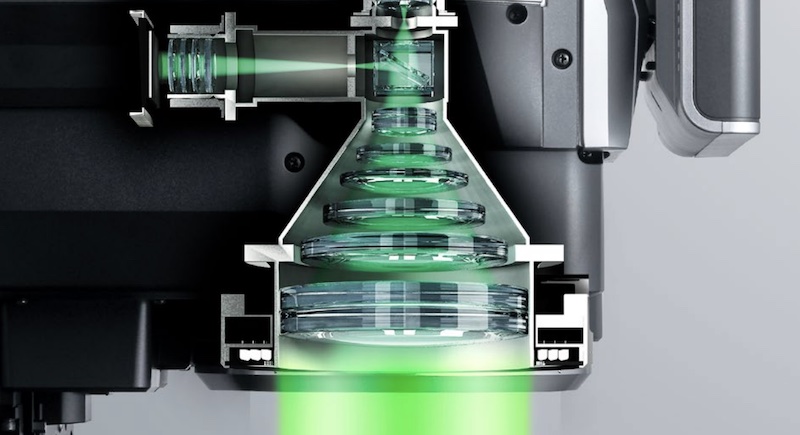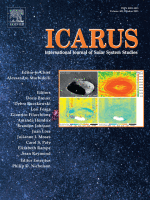
I am pleased to extend an invitation to you for a Lunch and Learn session with Keyence on March 20th, from 10 a.m. to 12 p.m.
Keyence is a leading provider of digital microscopes, and this session will provide valuable insights into their cutting-edge technologies and products. It’s a fantastic opportunity to learn about the latest advancements in the field and discover how Keyence’s solutions can benefit your research.
The event will include presentations, demonstrations, and interactive discussions, followed by a complimentary lunch.
Date: March 20th
Time: 10 a.m. to 12 p.m.
Location: M&M 610
Please RSVP by March 15 using the RSVP FORM to confirm your attendance. Feel free to share this opportunity with any colleagues or members of your research group who may be interested. We look forward to having you join us for this informative session.
Best,
Liz
Elizabeth Miller
